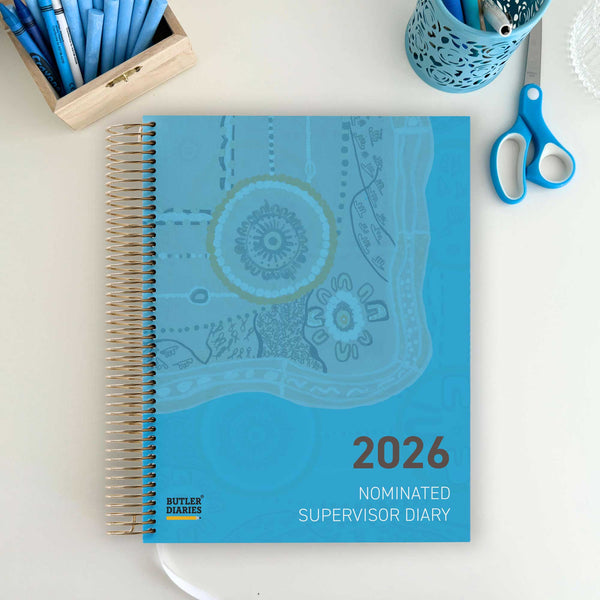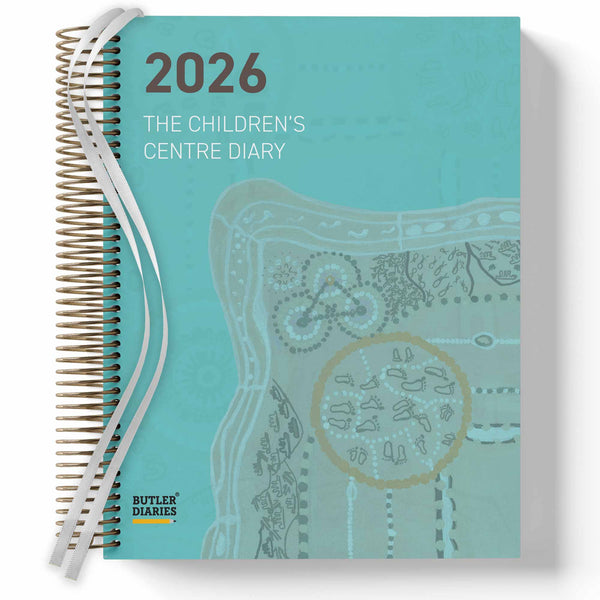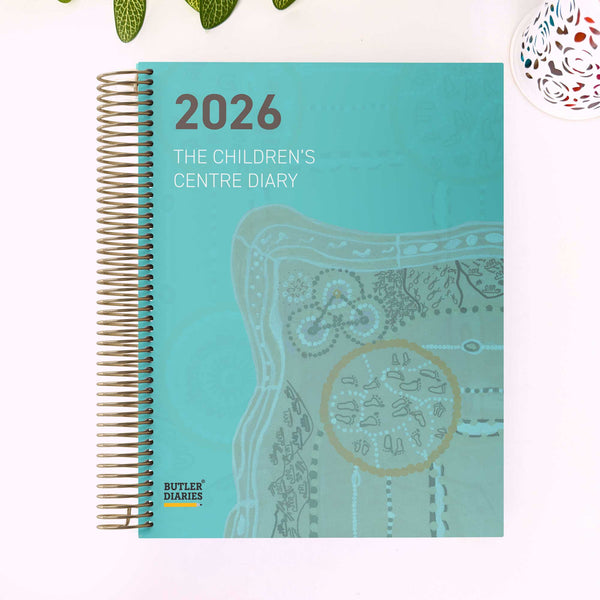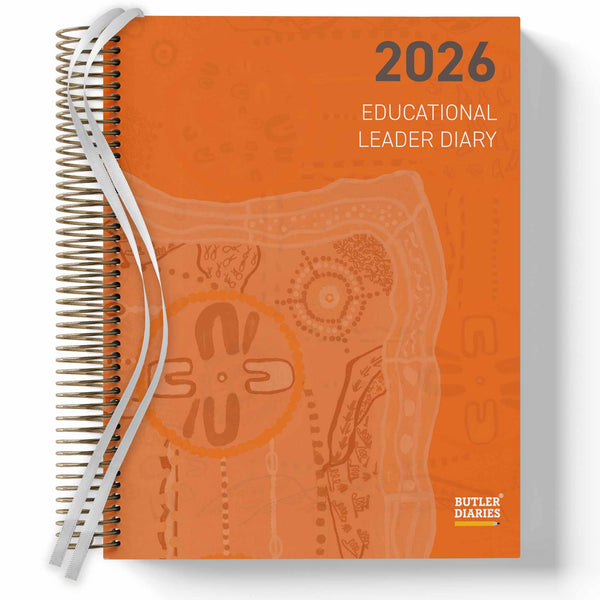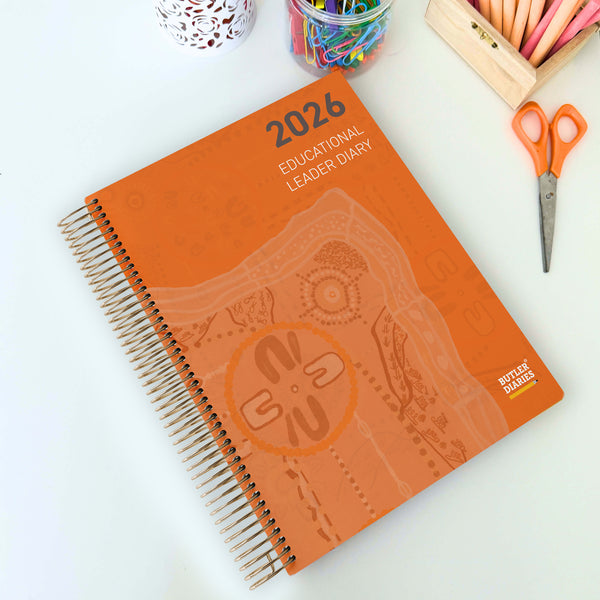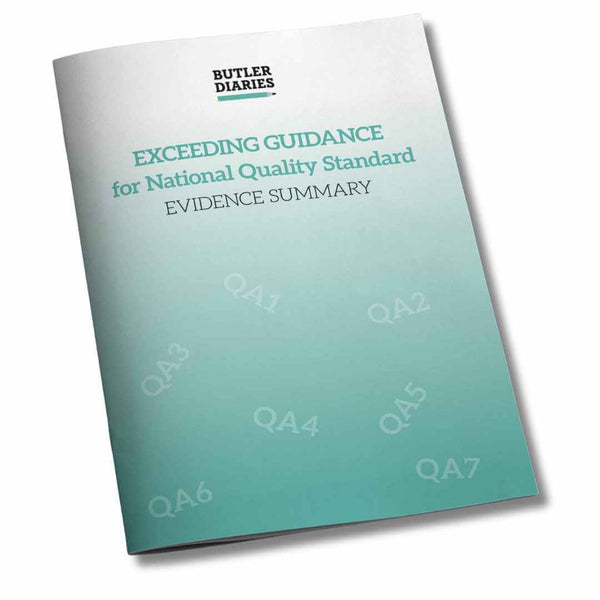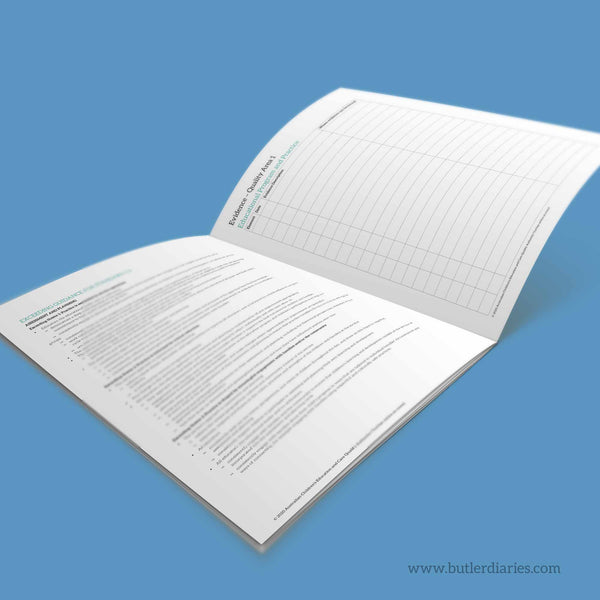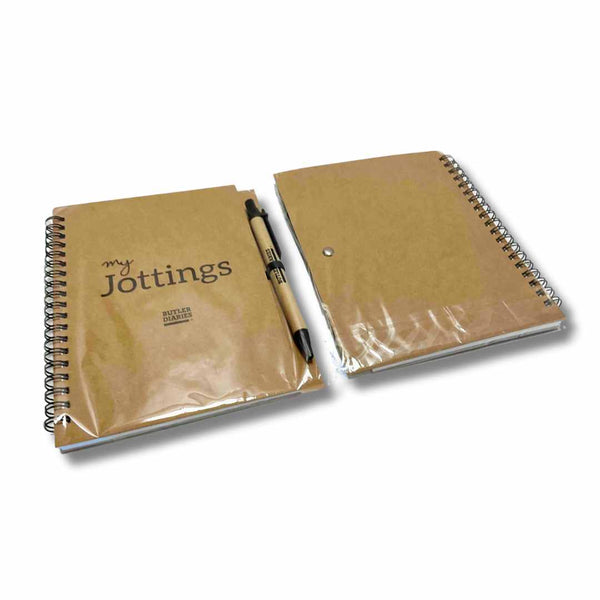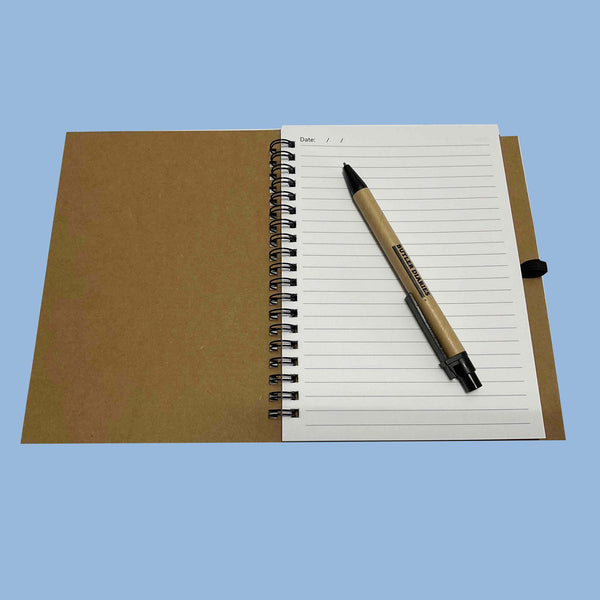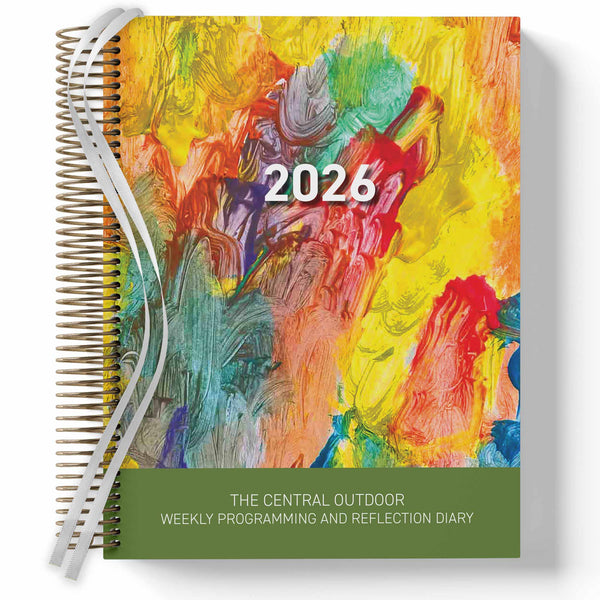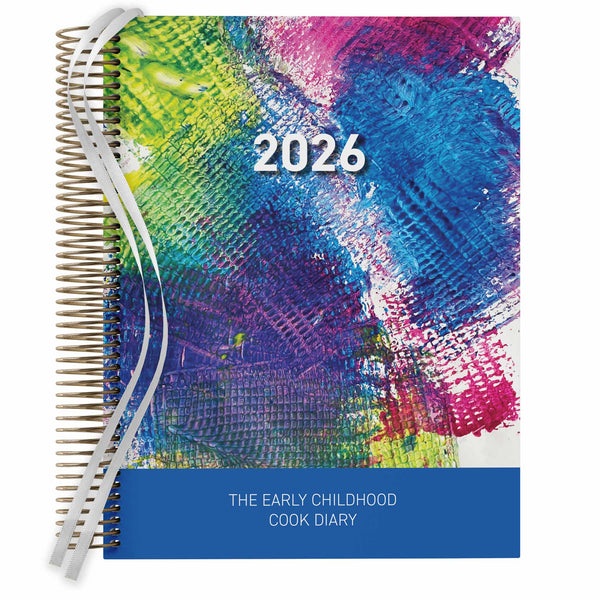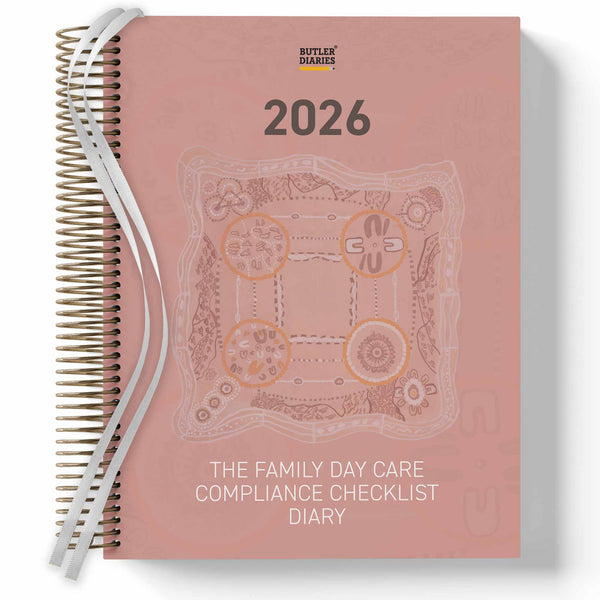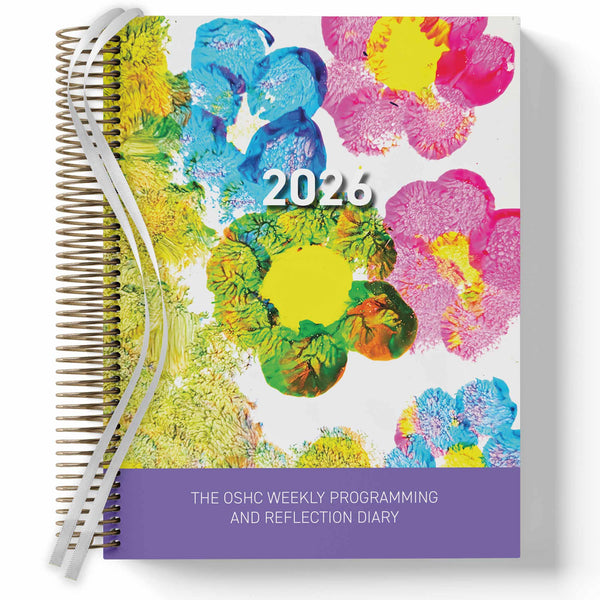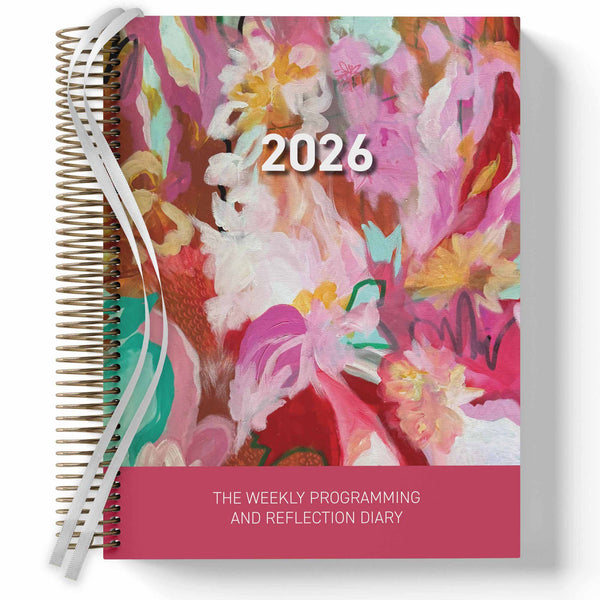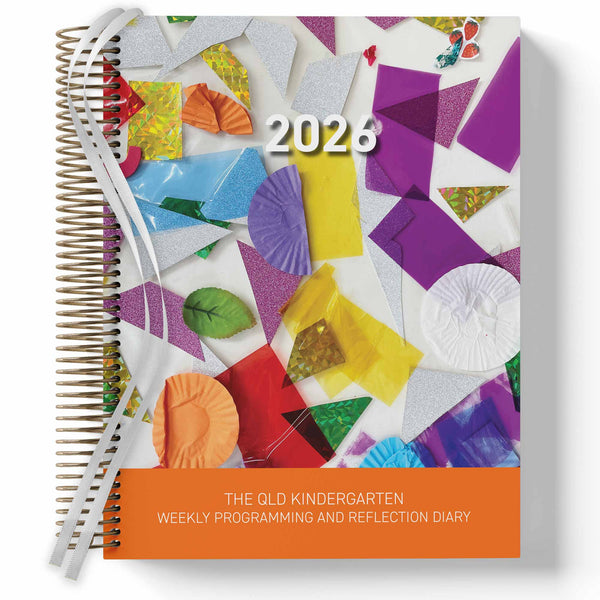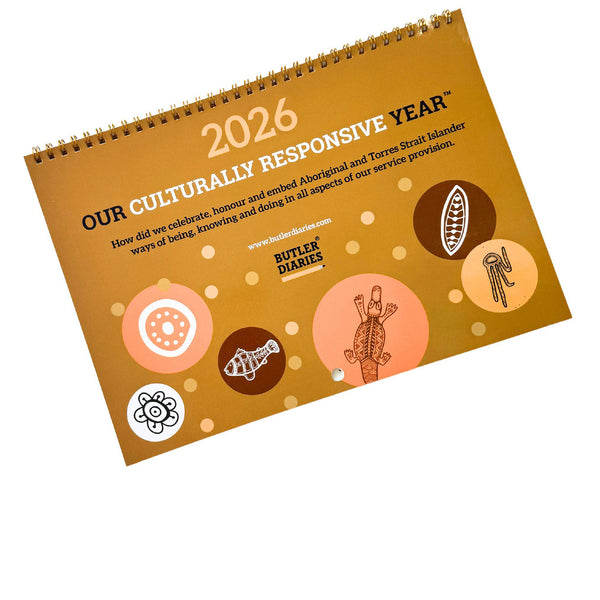As of July, changes to the Child Care Subsidy will be implemented by the Department of Education. This includes the 1st of July when the gap fee must be paid electronically and the 10th July when new subsidy rates come into effect. Here's everything you need to know to get ready.
Changes to the Child Care Subsidy
As of the 1st of July, the Child Care Subsidy Gap Fee must be paid electronically.
As of the 10th of July, the changes to the Child Care Subsidy rate and eligibility will come into effect. This includes:
- A 5% increase of the maximum Child Care Subsidy (from 85% to 90%),
- The new rate applies to families earning $80,000 or less,
- For every $5,000 of family income over $80,000, the rate decreases by 1% (0% for families earning $530,000 or more), and
- Families with more than one child 5 or under can still get the higher rate for the younger children ($362,408 family income cap).
Changes to the Child Care Subsidy Gap Fee Payments
As of July 1st, families will be required to pay their gap fee using electronic means such as bank or credit card, direct deposit or bank transfer, online payment systems, and/or BPAY or Centrepay.
The goal of the change is to protect families from fraud and non-compliance. Already 98% use electronic means to pay their gap fee so this will not impact too many families. Families who cannot pay electronically and are seeking an exemption might be eligible for Additional Child Care Subsidy and you may want to direct families to Australian Government resources for support in navigating financial hardship.
This change will not impact families on payment plans as long as the gap fee is received electronically and the provider has a record of the arrangement.
All services must ensure they are prepared to accept EFT payments from 1 July, you can find support on that here. The department will be auditing to ensure EFT payments are being received as of the 1 July and may take compliance action for those who are not, including:
- Putting conditions on your service approval,
- Infringement, and/or
- Suspending or cancelling your service approval.
Changes to the Child Care Subsidy Rates
From the 10th of July, families earning less than $530,000 will automatically be entitled to the increased Child Care Subsidy Rates. The changes to the Child Care Subsidy Rates will see families either gaining more subsidy or seeing no change to their rate, leading to cheaper Child Care for many. Families that earn between $356,756 and $530,000 as of 10 July, may become entitled to the Child Care Subsidy.
- The maximum income to get the full Child Care Subsidy is $80,000.
- The maximum Child Care Subsidy rate has increased to 90% (previously 85%).
- Families earning more than $80,000 may start at 90% and their Subsidy will reduce by 1% for each $5,000 earnt above $80,000.
- For families with multiple children, children aged under 5 will still be entitled to the higher rate.
- The Additional Child Care Subsidy Transition to Work income limit is also increasing to $80,000.
- Changes to the Activity Test for Families with First Nations children means families will get at least 36 hours of subsidised care per fortnight for each First Nations child in their care.
Summary of the Child Care Subsidy Changes


Tables adapted from education.gov.au/child-care-package/child-care-subsidy/family-eligibility-and-entitlement
Changes to Family Eligibility
To be eligible for the Child Care Subsidy, they must:
- For at least 2 nights per fortnight or 14% of the time care for the child,
- Be liable for child care fees at an approved child care,
- Meet requirements for residency, and
- Have children that meet immunisation requirements, not be attending secondary school, and be 13 or under (unless exemptions or certain circumstances apply).
The Child Care Subsidy is only available to families whose child attends at least once in 26 consecutive weeks, otherwise their eligibility lapses. In the case of eligibility lapsing, the family will be required to make a new claim.
What Families Need to Do to get Ready for the Child Care Subsidy Changes
Families that have not made a claim but may now be eligible, should lodge a claim through myGov or Centrelink. Families who may currently be assessed as 0%, may now become eligible. All families should ensure their income estimates are up to date ahead of the changes through myGov or Centrelink.
Resources for your Service and Families
- The CCS Calculator can be used by families to learn what their future rates may be, https://www.startingblocks.gov.au/child-care-subsidy-calculator
- More information on the changes can be found at Services Australia, https://www.servicesaustralia.gov.au/changes-if-you-get-family-payments?context=41186
- You can learn more about family eligibility here, https://www.education.gov.au/child-care-package/child-care-subsidy/family-eligibility-and-entitlement
- Share the changes to the Child Care Subsidy with Families using the Department of Education's free resources:
- Poster: https://www.education.gov.au/child-care-package/resources/changes-child-care-subsidy-poster
- Fact Sheet: https://www.education.gov.au/child-care-package/resources/changes-child-care-subsidy-fact-sheet
- Social Media Kit: https://www.education.gov.au/child-care-package/child-care-subsidy/provider-content-kit-changes-child-care-subsidy









